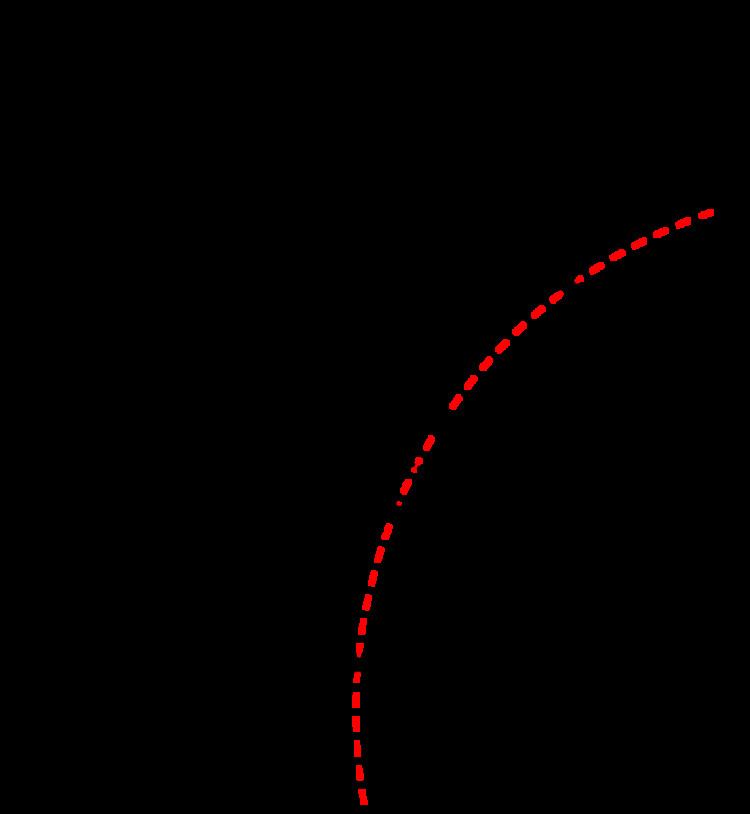 | ||
In geometry, the bundle theorem is in the simplest case a statement on six circles and eight points in the real Euclidean plane. In general it is a property of a Möbius plane that is fulfilled by ovoidal Möbius planes only.
The bundle theorem should not be confused with Miquel's theorem.
An ovoidal Möbius plane in real Euclidean space may be considered as the geometry of the plane sections of an egglike surface, like a sphere or an ellipsoid or a half of a sphere glued to a suitable half of an ellipsoid or the surface with equation
The essential property of an ovoidal Möbius plane is the existence of a space model via an ovoid. An ovoid in a 3-dimensional projective space is a set of points, which a) is intersected by lines in 0, 1, or 2 points and b) its tangents at an arbitrary point covers a plane (tangent plane). The geometry of an ovoid in projective 3-space is a Möbius plane, called ovoidal Möbius plane. The point set of the geometry consists of the points of the ovoid and the curves (cycles) are the plane sections of the ovoid. A suitable stereographical projection shows: For any ovoidal Möbius plane there exists a plane model. In the classical case the plane model is the geometry of the circles and lines (any line is completed by a point
For any ovoidal Möbius plane
Bundle theorem:
The proof is a consequence of the following considerations, which use essentially the fact, that three planes in a 3-dimensional projective space intersect in a single point:
- The planes containing the cycles
c 23 , c 34 , c 24 P . HenceP is the intersection point of the lines (in space !)A 2 B 2 , A 4 B 4 - The planes containing the cycles
c 12 , c 14 , c 24 P ′ P ′ A 2 B 2 , A 4 B 4
This yields: a)
The importance of the bundle theorem was shown by Jeff Kahn.
Theorem of Kahn: A Möbius plane is ovoidal if and only if it fulfills the bundle theorem ,.
The bundle theorem has an analogous meaning for Möbius planes as the Theorem of Desargues for projective planes. From the bundle theorem follows the existence of a) a skewfield (division ring) and b) an ovoid. If the more strict theorem of Miquel holds, the skewfield is even commutative (field) and the ovoid is a quadric.
Remark: There are Möbius planes, which are not ovoidal.
Remark: For ovoidal Laguerre planes there exists a bundle theorem with an analogous meaning, too.
